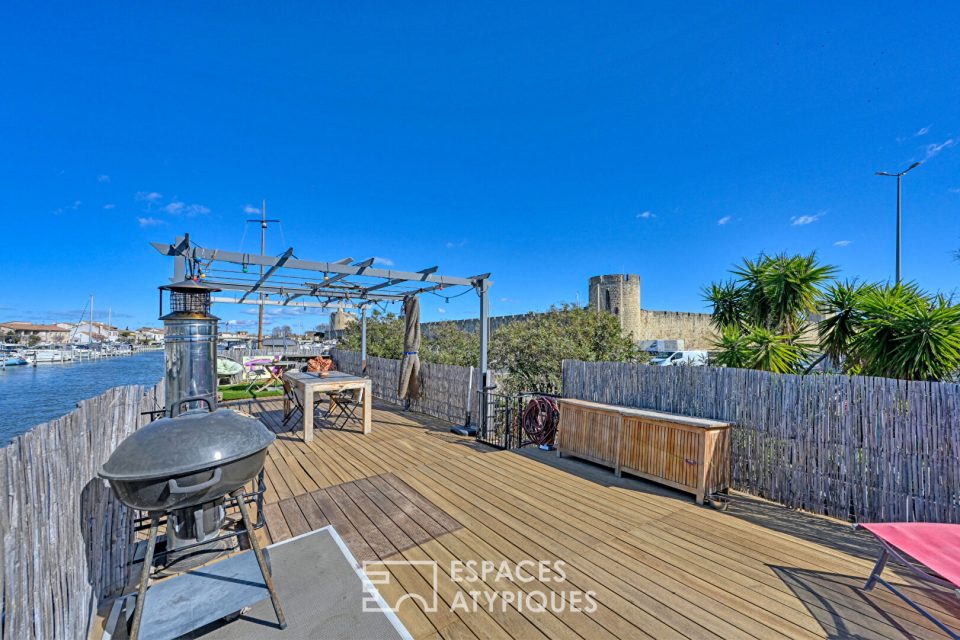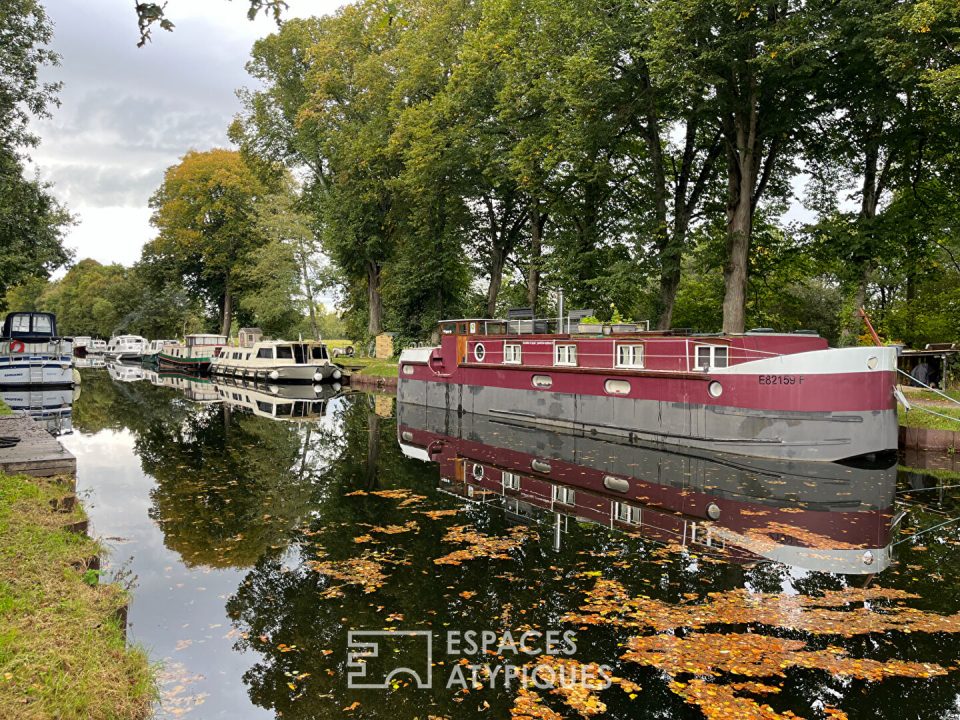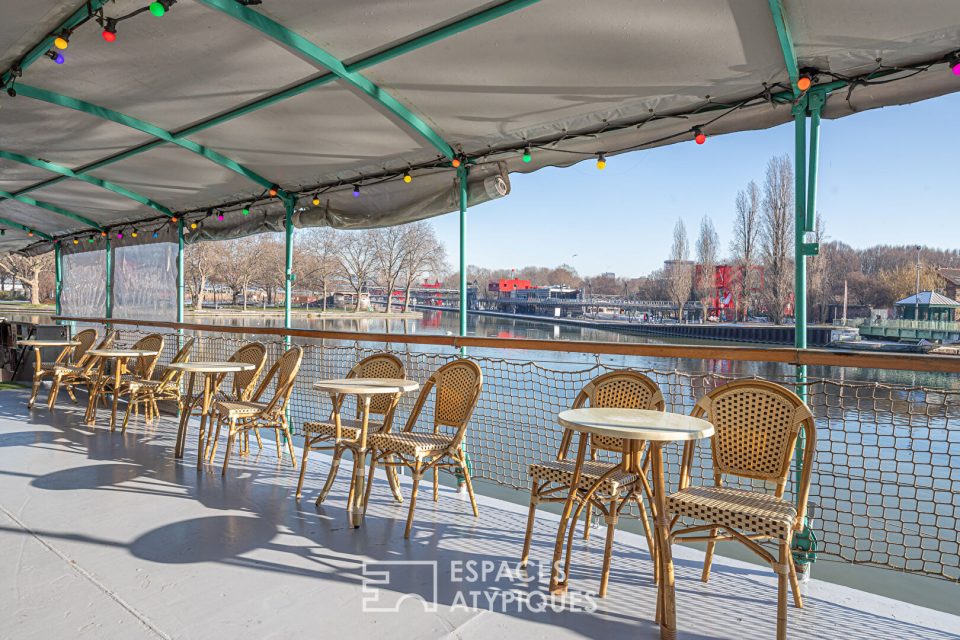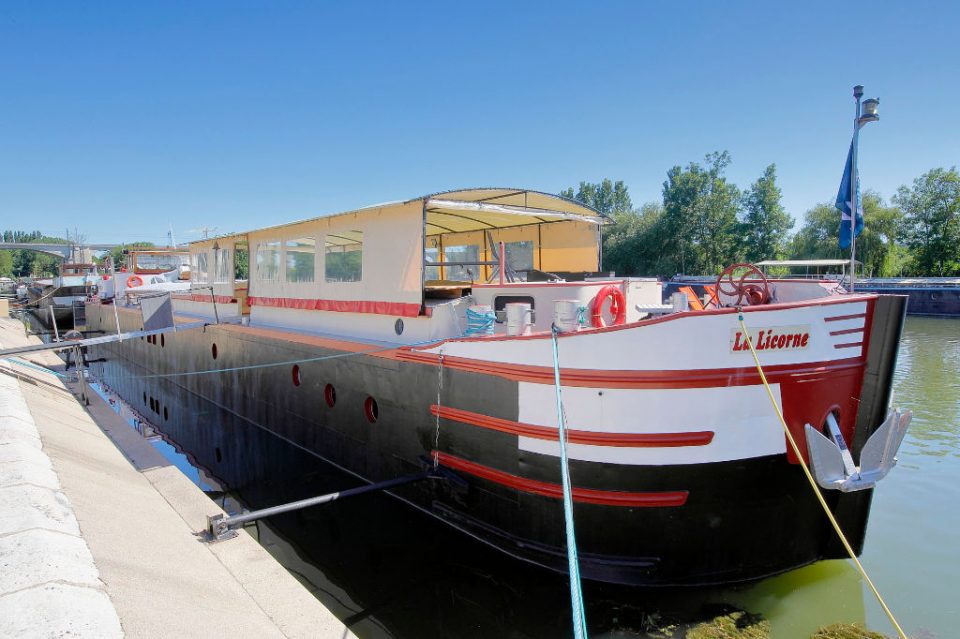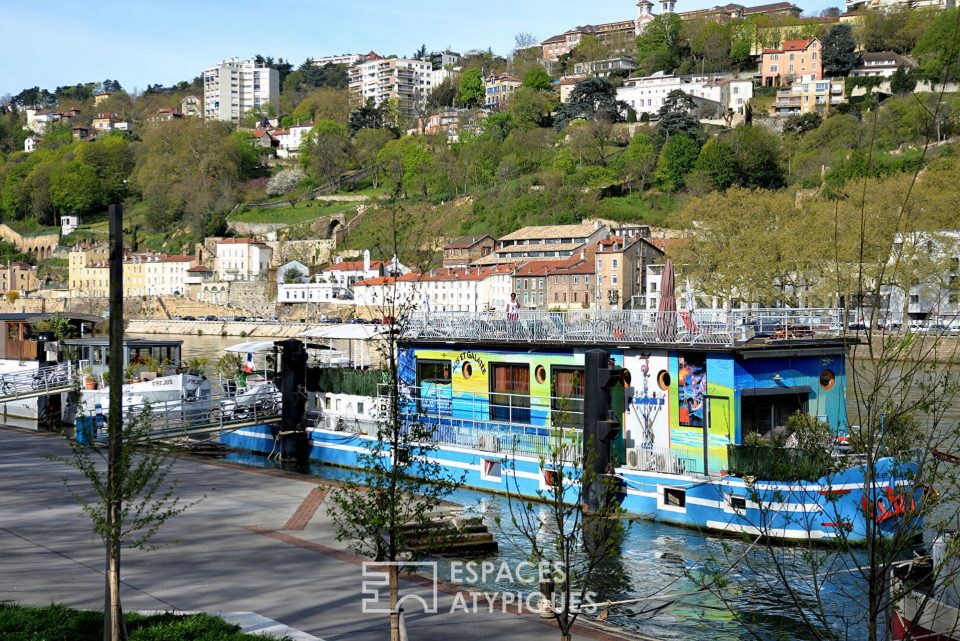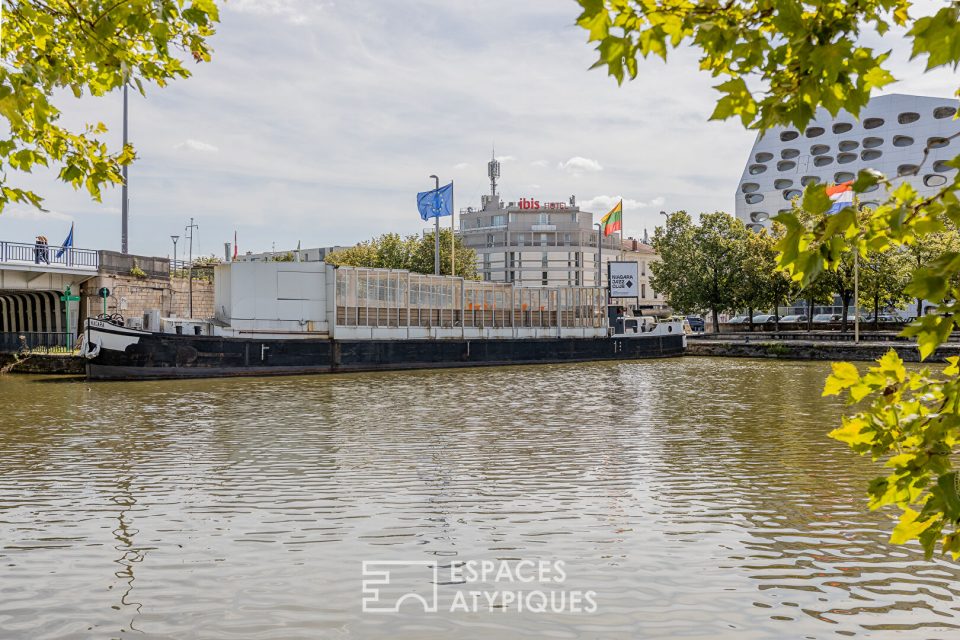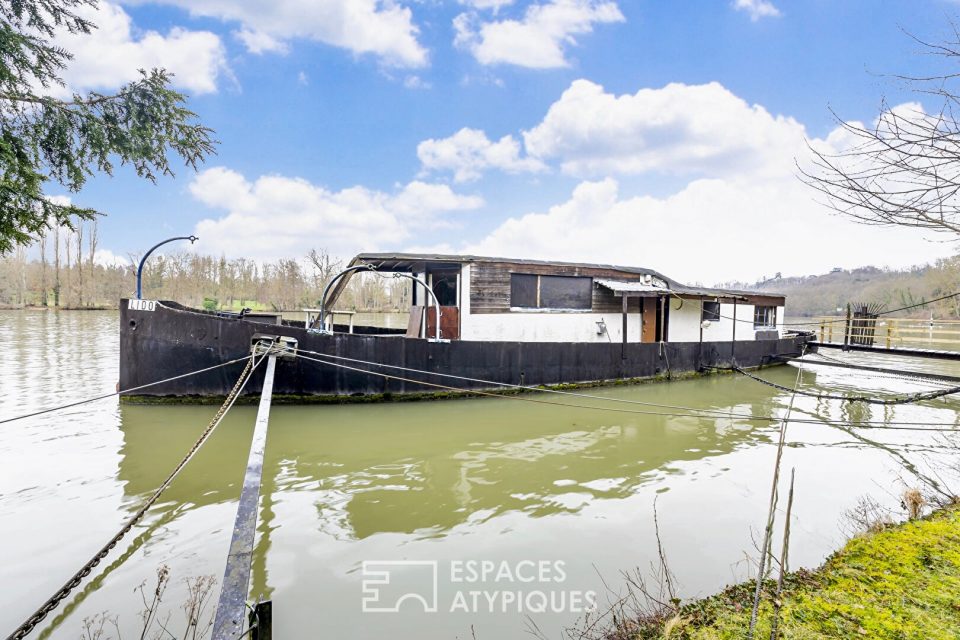Perhaps life on dry land just isn’t enough for you. Perhaps you’d like your life to have a little more movement and a little less ordinary routine. So how about loading your personal cargo onboard a barge?
When we talk about liveaboard barges or houseboats, we’re usually referring to vessels that comply with the Freycinet gauge of canal boats. These flat-bottomed barges are limited to a maximum length of 38.50 metres and a maximum beam (width) of 5.05 metres. These measurements are precise for a very good reason: to ensure that they can pass through canal locks.
Below decks, the available floor area can extend to 180 or even 200 m², depending on the barge concerned. But there are smaller water craft as well, including Dutch klippers, tjalks and Luxe motors. The maximum floor area of a Luxe motor may be 100 m2, but it has the great advantage of being not only accommodation, but also a form of transport!
Estimates from Voies Navigables de France and the Port of Paris suggest there are around 1,500 houseboats in Paris and its neighbouring departments alone.
Life on a liveaboard barge
Cruise quietly on the Seine, through the Canal de la Garonne or to Neuville sur Saône near Lyon. Living on a boat means regaining control over movement and tranquillity; it also means soaking up the sun when the weather allows, and freeing yourself from noisy neighbours. It brings you closer to nature without saying goodbye to the city. You leave behind the paper-thin walls of old buildings, unreliable lifts and having to drag your shopping up flights of stairs. Living on the river and enjoying a nomadic lifestyle is an increasing trend that is reshuffling the cards of the property game. There’s no doubt that buying a liveaboard is much cheaper per square metre than buying an apartment or a house.
The vast majority of people opting for this type of home are senior executives and professionals in their 40s and 50s who would rather swap shared property management taxes for river taxes to live a non-standard lifestyle.
